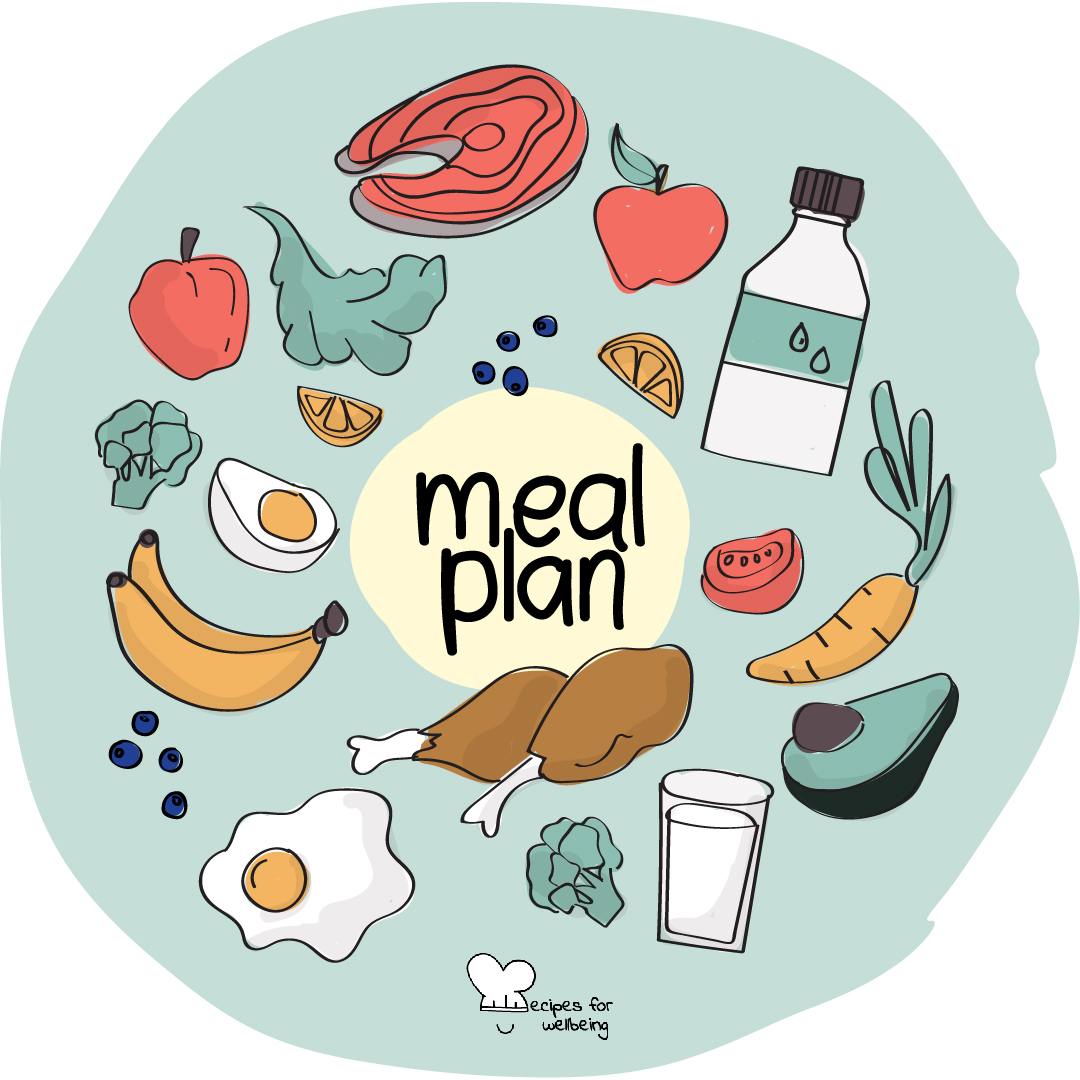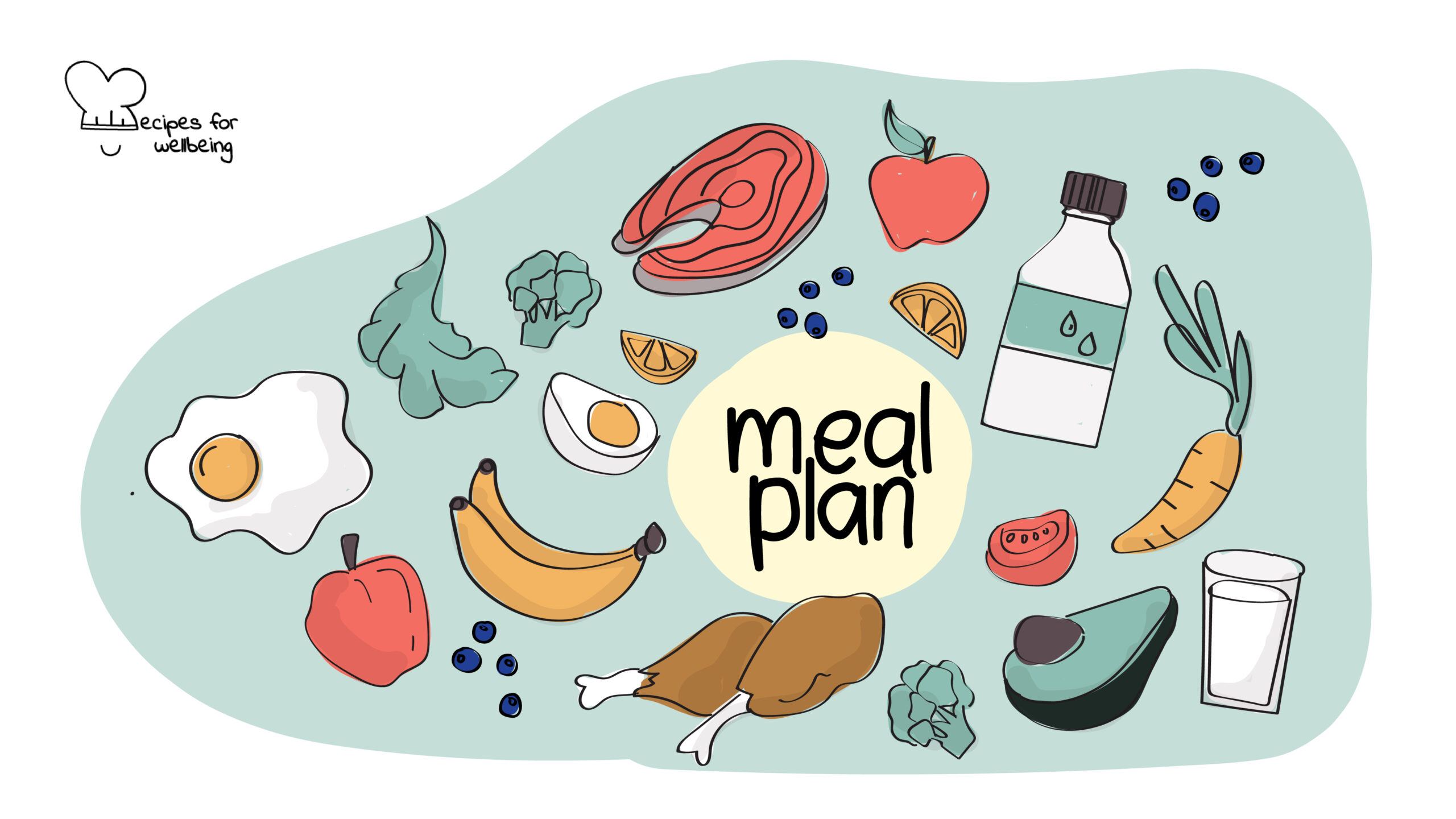
Track your nutrition whilst travelling
Let food be your medicine and medicine be your food. ―Hippocrates
👥 Serves: 1 person
🎚 Difficulty: Medium
⏳ Total time: Ongoing
🥣 Ingredients: Anything you may need to eat and drink healthily
🤓 Wholebeing Domains: Accomplishments, Awareness
💪 Wholebeing Skills: Mind-body-connection, Planning

Track your nutrition whilst travelling
📝 Description
Tips to eat healthily whilst travelling.
Often, changemakers need to adapt to the challenge of eating healthy whilst they are constantly on the move. Here are 5 steps from ‘Nutrition for athletes’ – a practical guide to eating for health and performance prepared by the Nutrition Working Group of the Medical Commission of the International Olympic Committee.
👣 Steps
Step 1 – Plan ahead
Investigate food patterns and availability at your destination before you leave home. This may help you to plan useful food supplies to take on your travels that can replace missing and important items.
Step 2 – Eat and drink well
Enforced rest while travelling will reduce energy needs, but create more opportunities for high energy intake if you succumb to “boredom eating”. Be aware of eating to real need. Also, be aware of unseen fluid losses in air conditioned vehicles and pressurised plane cabins. Have a drink plan that keeps you well hydrated.
Step 3 – Consider drink/food hygiene
Find out whether it is safe to drink the local water supply. If risky, stick to sealed bottles of water and other drinks or hot drinks. Be wary of ice added to drinks – it is often made from tap water.
Step 4 – Bring your own supplies
Supplement with non-perishable food supplies brought from home, such as cereal bars, rice cakes and dried fruit.
Step 5 – Choose wisely
Stick to an eating plan based on what is normally eaten at home, or what meets new nutritional needs, rather than being mesmerised by all the food on offer. Be assertive in asking for food to be prepared to your needs – for example, with low fat cooking methods, or with an added carbohydrate serving.

